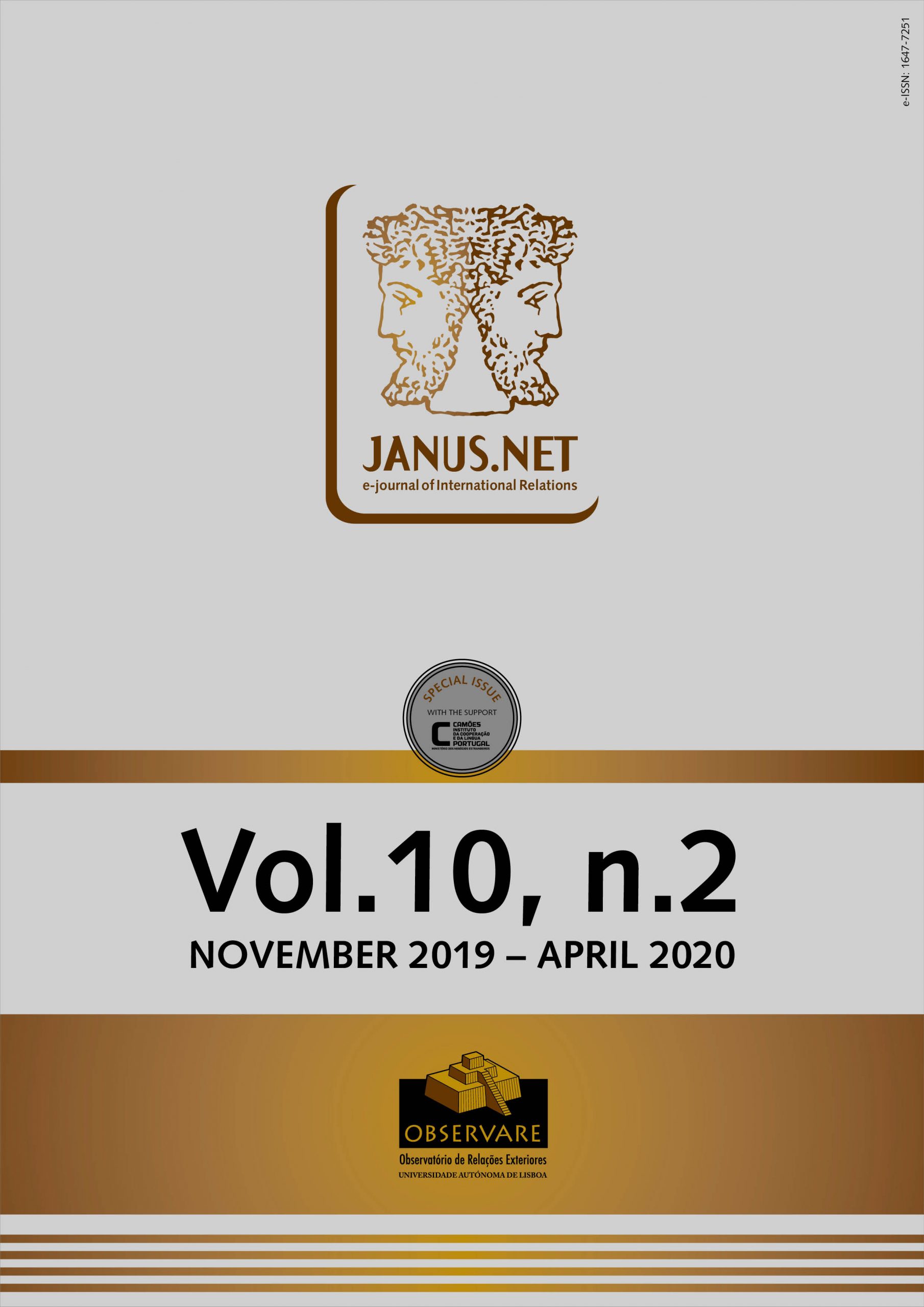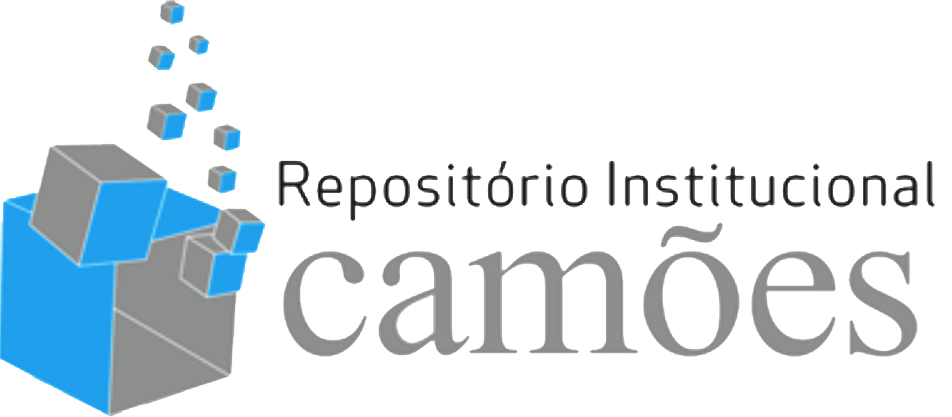Investigating different political and social variables in the Middle East and North Africa (MENA) is receiving more attention between social scientists, particularly in the peace and conflict institutes. This is due to the uniqueness of the region and to the violent conflicts it has witnessed for the last decades. These conflicts become intrastate but transitional, hence transfer into internationalized civil conflicts, and have large externalities exceeding the region borders. These conflicts show the high connectedness between the MENA countries, and recently the Arab Spring affirms the ‘contagion effect’ of upheavals in the region. Following multidisciplinary approach, this research note is a try to explain how much important it is to study the MENA conflicts from a regional perspective and to present the factors proving the contagion effects there. We hope that when reading this note, the reader will sufficiently understand the regional aspects of the MENA conflicts.
WHY IS IT IMPORTANT TO USE REGIONAL LENSES WHEN WE LOOK INTO CIVIL CONFLICTS IN THE MENA?
PhD in Economics, School of Economics and Management, University of Minho (Portugal). He was Visiting Researcher in the Department of Political and Economic Studies, University of Helsinki. Expert of Social Capital Rebuilding in Syria, Training and Research Institute of Romania. Senior Researcher of Poverty and Inequality in a UNDP project of Establishing the National Social Welfare Fund in Syria, United Natons Development Programme Projects, Damascus, Syria. External Consultant of set the Food Security Strategy of Syria, Natonal Agricultural Policy Center, Syria. He got a Congratulation Notification approved unanimously from the Portuguese Parliament since he was the firts Syrian students obtaining PhD from Portugal. He has voluntary work experience.
Resumo
Palavras-chave
Como citar este artigo
Hamati, Samer (2019). “Why is it important to use regional lenses when we look into civil conflicts in the MENA”. JANUS.NET e-journal of International Relations, Vol. 10, N.º 2, November 2019-April 2020. Consulted [online] on the date of the last visit, https://doi.org/10.26619/1647-7251.10.2.6
Article received on 2 June, 2019 and accepted for publication on 18 September, 2019















